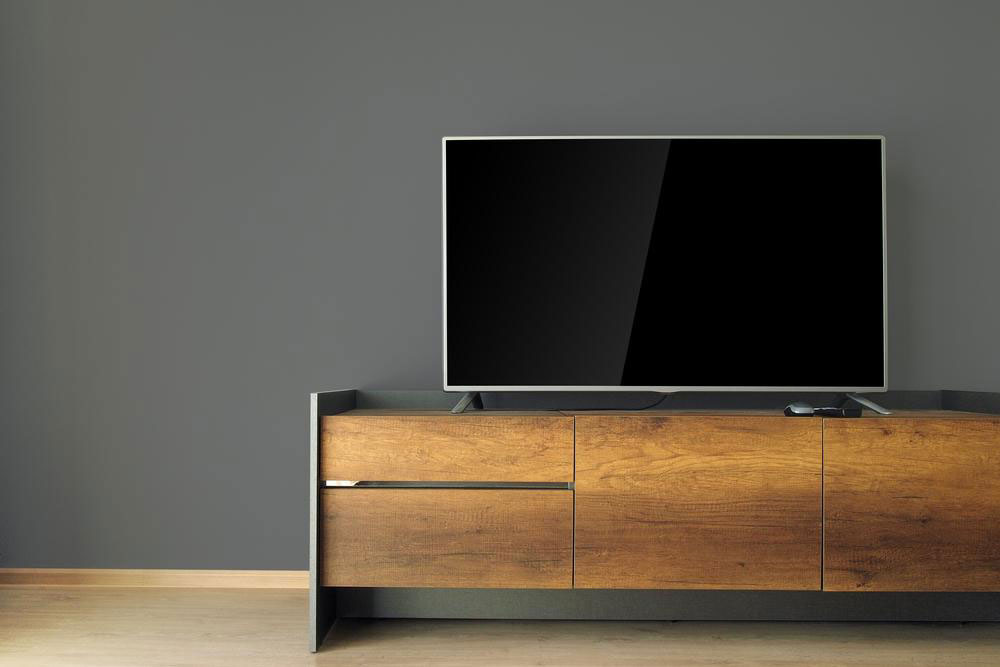Guide to Selecting the Perfect Smartphone
Discover how to choose the perfect smartphone with our comprehensive guide. Learn about operating systems, specifications, budgeting tips, and timing strategies to find the best device suited to your needs and budget. Make informed decisions with expert advice and reviews to maximize your smartphone experience and value.

Guide to Selecting the Perfect Smartphone
Choosing the ideal new smartphone involves exploring a wide range of options. The market offers various brands and models, each with distinct features. Before making a purchase, it's essential to review specifications such as operating system, camera quality, storage, and other functionalities. Having basic knowledge of technical terms helps in making an informed decision. Understanding these features ensures you find a device that fits your needs and budget, providing the best value for your investment.
iOS vs. Android: Both operating systems support smooth smartphone operation, enabling routine tasks like messaging, browsing, and app use, including popular apps such as Gmail, Facebook, and YouTube. Android offers extensive customization options, allowing users to personalize interfaces, change browsers, and modify widgets. iPhones restrict deeper app access to the operating system, maintaining a more uniform experience.
Examining specifications is vital. Similar to computers, smartphone specs include RAM (which influences multi-tasking), storage capacity (for files and apps), and processor speed (for performance). Screen resolution and size affect display clarity; larger screens with high resolution provide sharper visuals. Budget constraints impact choice—lower budgets may limit features, but increasing your spend typically results in better specifications and overall value. Timing your purchase is also key; waiting for newer models or sales events can lead to better deals. Reading reviews and consulting sales staff helps in making a confident, informed decision, ensuring you get the best smartphone for your needs and budget.
Note:
The information on our platform spans various categories, offering valuable insights based on thorough research. Readers should consider these articles as helpful guidance rather than definitive solutions. The team is not responsible for data discrepancies or errors from external sources. Additionally, current deals or promotional offers may differ from those mentioned here, so always verify before purchasing.










